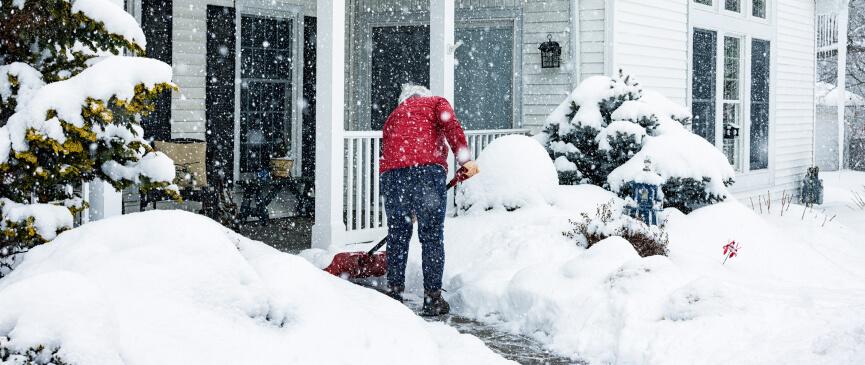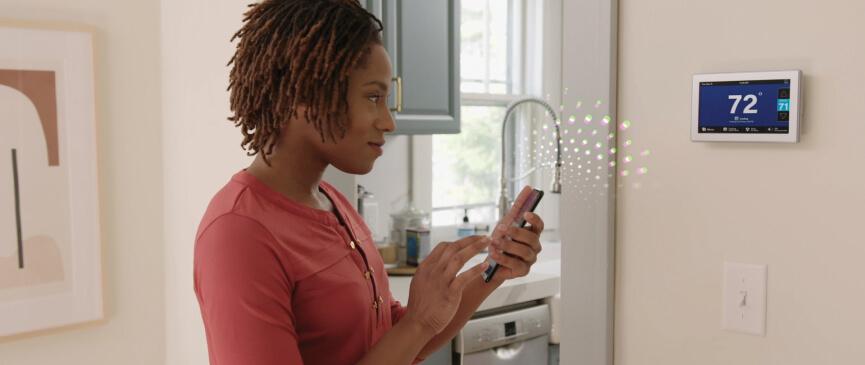Preparing Your Home for Winter
Don’t get left in the cold as the temperatures drop — remember to prepare your home for winter.

As summer fades away and the crisp fall weather begins, it’s time to start getting your home ready for winter. If you live in an area that has harsh winters and constant snowfall, follow our guidelines for protecting your home from freezing temperatures.
Seal up your home
Start by insulating your windows and doors using weather-stripping and caulking. Place heavy curtains around your windows to keep the heat inside. Open curtains on south-facing windows during the day to capture the warmth and natural heat of the sun. You can also use clear plastic sheets over drafty windows. If your budget allows, consider replacing old windows and bringing in a professional to update your attic, crawl space and/or basement insulation. Proper insulation and new windows will help keep the heat inside, making your home more comfortable and helping to cut down your heating bills.
Ensure your heating system is working properly
Test your heater ahead of time to make sure it’s working by turning your thermostat on. Refer to the owner’s manual for maintenance requirements – you may want to schedule a general tune up before winter starts. Remember to change your filter as needed. If you do notice any issues with your heater, an American Standard Customer Care dealer can come to your home to assess your current HVAC situation.
Decide where to set thermostat
As you are preparing your home for winter, you’ll also want to determine what temperature you’ll keep your thermostat set at. Generally, you should set your thermostat as low as possible to maintain a comfortable temperature in your home, usually between 65 to 70 degrees. If you aren’t home during the day, you may be able to lower it even more. At night, you can lower your thermostat by 10 to 15 degrees and still have a comfortable sleep, though some people prefer not to lower it at night. Having a strategy in place for your thermostat will not only keep your home feeling cozy, but it can also help cut down your heating costs. If you won’t be living in the house year-round, make sure to run the water occasionally and keep the home warm enough to prevent water pipes from freezing in the colder months.
Keep an eye on heavy snowfall
When the snow begins to fall, you’ll want to take a few measures to protect your home. First, make sure you remove snow from basement stairwells, window wells and walls. This will ensure that melting snow doesn’t cause any water damage. Watch for snow accumulation on the downwind side of your roof. Consult a roof expert for a referral for safe snow removal on the roof. You should also ensure your gutters are clear of debris and your attic is well ventilated to reduce the risk of ice damage.



